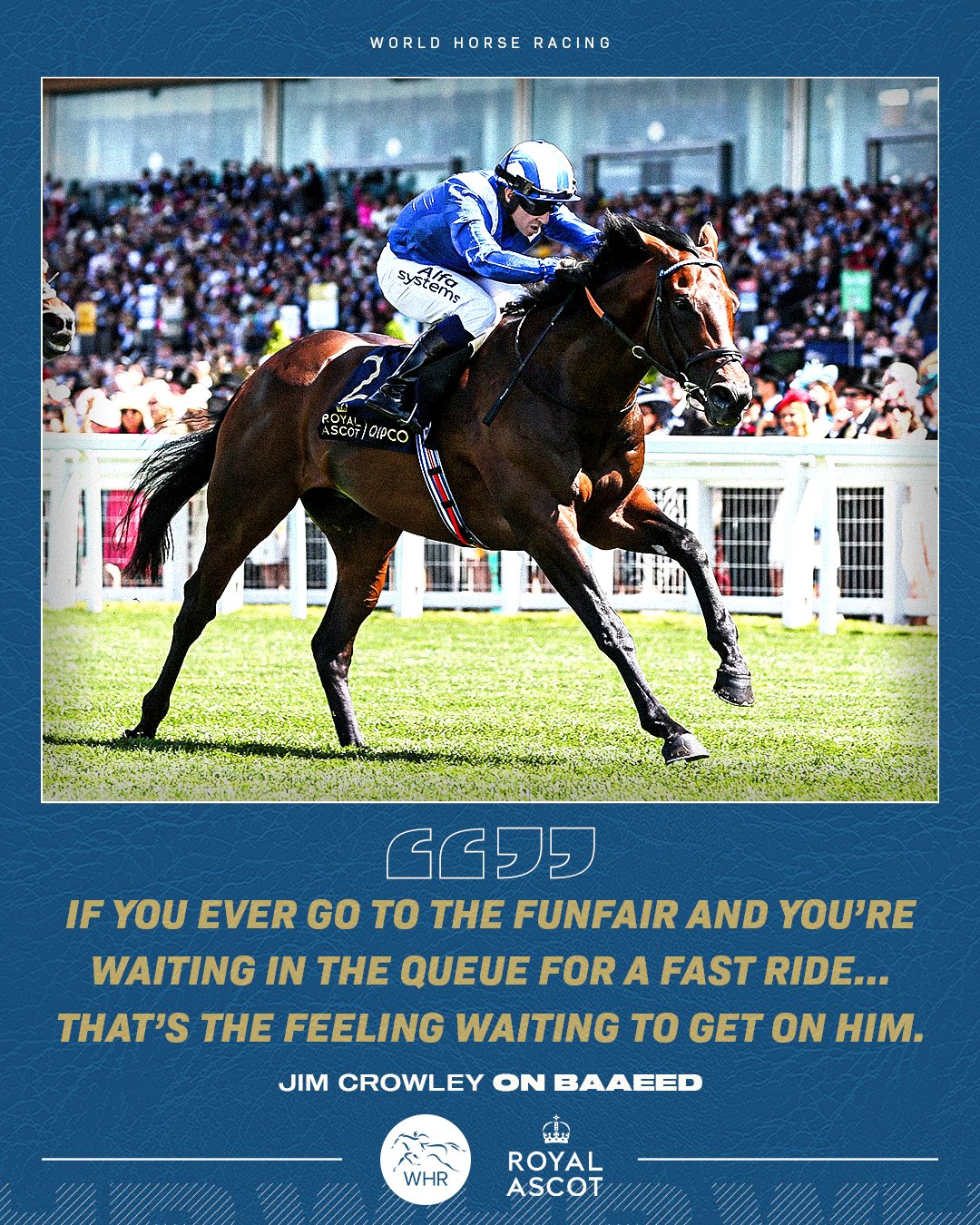
Winners of races could be disqualified if their rider contravenes whip rules under new regulations announced by the British Horseracing Authority.
Under the revised rules, a jump jockey who uses their whip 12 or more times – with 11 strikes or more for Flat jockeys – in any race could be thrown out. In major races, as well as being disqualified, the jockey could also receive a 28-day ban.
Some leeway may be allowed if it is deemed they were using their whip in the interests of safety or if it has been used down the shoulder with both hands on the reins.
A review of the rules was recommended by the independently-chaired Horse Welfare Board as part of its five-year welfare strategy published in February 2020, but the Covid-19 pandemic delayed its initial progress.
Views across the industry were taken into account, along with the results of a public consultation held last year, by the Whip Consultation Steering Group – the body which was formed to assess the responses to the consultation and propose any recommendations that may go before the BHA board.
A total of 20 recommendations were put forward by the Steering Group and all were approved by the BHA board.
Following the process, new guidance was published on Tuesday, with a strengthened penalty framework the major change, along with the use of the whip only being allowed in the backhand position.
The most famous recent example of a rider breaking the whip rules but keeping a major prize was this year’s Grand National.
Amateur jockey Sam Waley-Cohen was suspended for nine days – which was irrelevant as it was his last ride before retirement – and fined £400 for using his whip above the permitted level after jumping the last fence and in the incorrect place on the run to the line.
Among the other recommendations which were approved included refining guidance notes relating to the whip rules, establishing a whip review panel and increasing financial penalties for amateur riders.
Further research into the whip has also been recommended, while the BHA should regularly consider the design and specifications of the approved whip according to the report.
It is hoped the new rules will come into effect in late autumn.
The framework defining a major race has been broadened to include all Class one and two races in both codes as well as any race with prize money over £27,500 on the Flat and £20,000 over jumps.
David Jones, Chair of the Whip Consultation Steering Group, said: “It is our view that, as a result of this process, we are continuing to evolve standards of whip use, through a regulatory approach that will be demonstrably and visibly fair in terms of what they ask of our horses and the spirit of fair sporting competition.
“It is inevitable that there will be those who think we have gone too far, and those who think we have not gone far enough. I ask only that the considerable expertise that has provided its input to this process, and the scale of the task in finding consensus across such a broad range of complex factors, be considered as part of any discussion about these proposals.”
Regarding when he expects the new rules to be in place, Jones said: “I don’t want to be held to an absolute date. These are some big changes. This is some significant stuff and what we haven’t done is tinker around the edges.
“I want to make sure we do that properly. It is our hope to work towards the autumn. We now want to move into the delivery phase as it were. We have spent a lot of time thinking about it, for a whole host of reasons, because it is actually quite complex issue, but we want to move delivery phase.
“Therefore, we want to lean on the BHA particularly in terms of what is reasonable, when they can do it and when is the expectation that we can get people adopting this.
“This is not about artificial timelines. This is also a piece of work that is going to stand there for quite a few years. This is not a staging post to somewhere else – this is a finished product.”
Julie Harrington, chief executive of the BHA said: “It was essential that this review was carried out, and I am grateful to the Horse Welfare Board for having insisted on it as part of their welfare strategy.
“We must have in place rules which reflect best practices in horsemanship, while at the same time safeguarding the sport’s public perception, and – through this – the engagement of our fans and the future of our sport. These rules now provide us with a platform to better explain the whip design and how and why it is used to our existing and future audiences.”
Attheraces.com
|